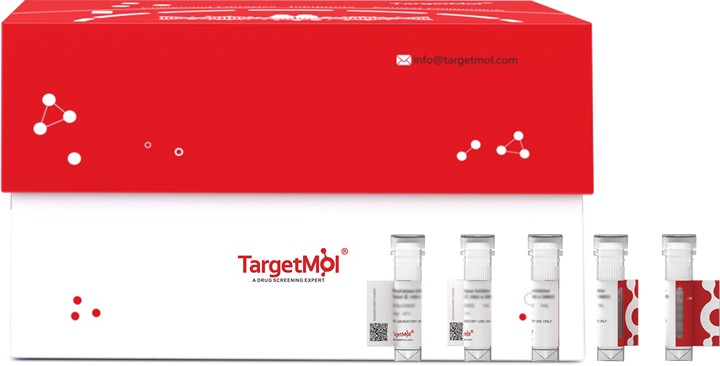Shopping Cart
Remove All Your shopping cart is currently empty
Your shopping cart is currently empty
LRP-10 Protein, Human, Recombinant (His) is expressed in HEK293 mammalian cells with His tag. The predicted molecular weight is 47.4 kDa and the accession number is Q7Z4F1-1.

| Pack Size | Price | USA Warehouse | Global Warehouse | Quantity |
|---|---|---|---|---|
| 5 μg | $79 | 7-10 days | 7-10 days | |
| 10 μg | $129 | 7-10 days | 7-10 days | |
| 20 μg | $208 | 7-10 days | 7-10 days | |
| 50 μg | $419 | 7-10 days | 7-10 days | |
| 100 μg | $812 | 7-10 days | 7-10 days |
| Biological Activity | Activity testing is not tested. It is theoretically active, but we cannot guarantee it. |
| Description | LRP-10 Protein, Human, Recombinant (His) is expressed in HEK293 mammalian cells with His tag. The predicted molecular weight is 47.4 kDa and the accession number is Q7Z4F1-1. |
| Species | Human |
| Expression System | HEK293 Cells |
| Tag | C-His |
| Accession Number | Q7Z4F1-1 |
| Synonyms | MSTP087,MST087,LRP9,low density lipoprotein receptor-related protein 10 |
| Construction | His17-Lys440 |
| Protein Purity | > 95% as determined by Tris-Bis PAGE |
| Molecular Weight | 47.14 kDa (Predicted); 60-70 kDa (Due to glycosylation) |
| Endotoxin | Less than 1EU per μg by the LAL method. |
| Formulation | Lyophilized from 0.22μm filtered solution in PBS (pH 7.4). Normally 8% trehalose is added as protectant before lyophilization. |
| Reconstitution | Reconstitute the lyophilized protein in distilled water. The product concentration should not be less than 100 μg/ml. Before opening, centrifuge the tube to collect powder at the bottom. After adding the reconstitution buffer, avoid vortexing or pipetting for mixing. |
| Stability & Storage | It is recommended to store recombinant proteins at -20°C to -80°C for future use. Lyophilized powders can be stably stored for over 12 months, while liquid products can be stored for 6-12 months at -80°C. For reconstituted protein solutions, the solution can be stored at -20°C to -80°C for at least 3 months. Please avoid multiple freeze-thaw cycles and store products in aliquots. |
| Shipping | In general, Lyophilized powders are shipping with blue ice. Solutions are shipping with dry ice. |
| Research Background | LDL receptor-related protein (LRP) 10 was recently identified as a Parkinson's disease gene through genome-wide linkage and sequencing analysis, but its role in Parkinson's disease in various populations is still unclear. |
| Size | Quantity | Unit Price | Amount | Operation |
|---|

Copyright © 2015-2026 TargetMol Chemicals Inc. All Rights Reserved.